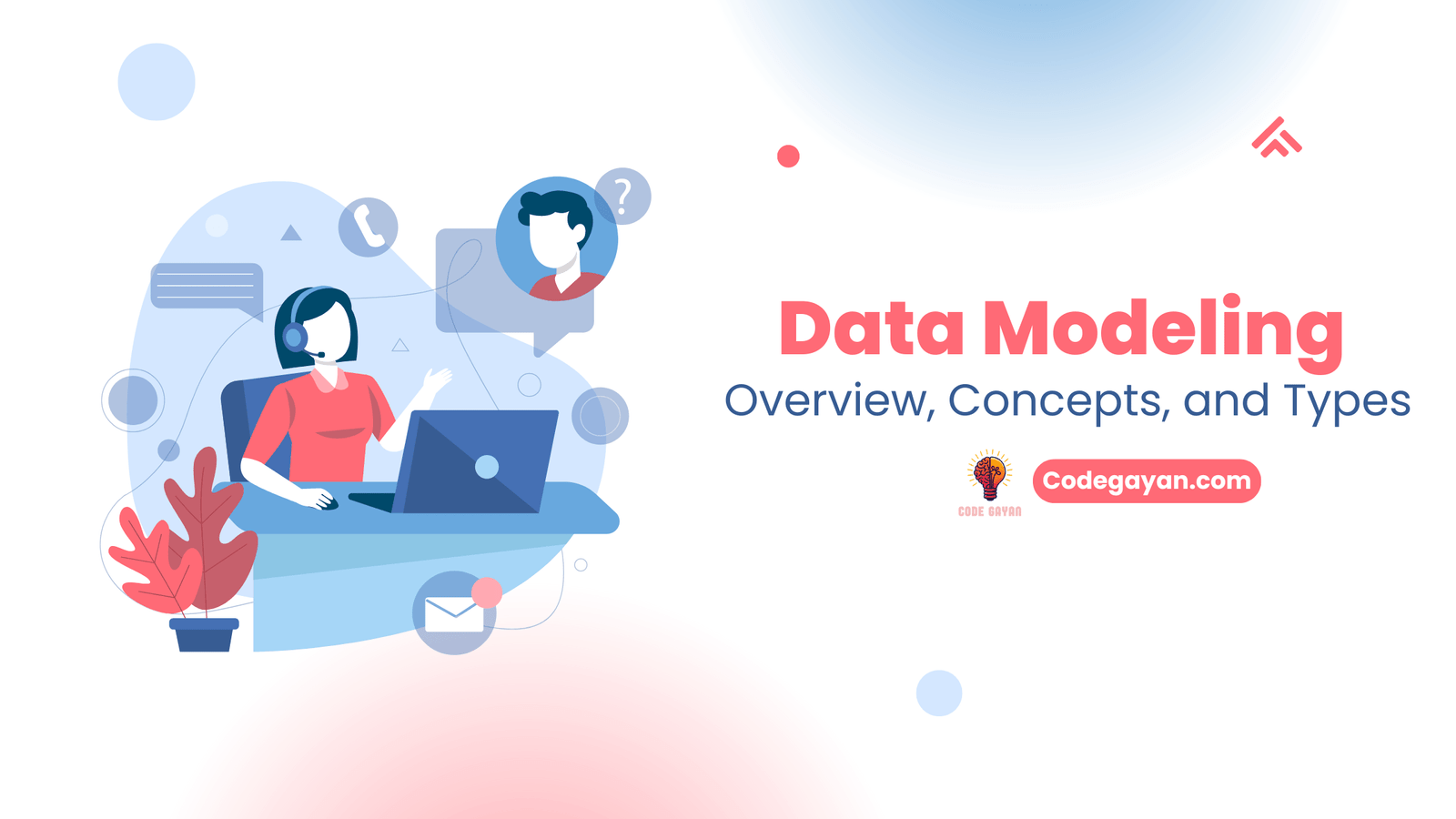Table of Contents
ToggleHow to learn Java | Basic to Advanced level guidance
When you start learning a particular programming language, it is hard to follow the right path. So, in this blog, I will give you proper guidance on how to learn Java from the basics to the advanced level. Java is not a tough language but the syntax of the language is hard to memorize.I will give you the proper step-by-step online documents as well as YouTube links so that you can follow the roadmap. If you are new to coding do check How to Learn Coding: From Zero To Mastery.Introduction to Java
Java is a class-based, object-oriented programming language that is designed to have as few implementation dependencies as possible. It is intended to let application developers write once and run anywhere (WORA), meaning that compiled Java code can run on all platforms that support Java without the need for recompilation.JAVA was developed by James Gosling at Sun Microsystems Inc. in May 1995 and later acquired by Oracle Corporation. It is a simple programming language. Java makes writing, compiling, and debugging programming easy. It helps to create reusable code and modular programs. Java is a class-based, object-oriented programming language and is designed to have as few implementation dependencies as possible. A general-purpose programming language made for developers to write once run anywhere that is compiled Java code can run on all platforms that support Java. Java applications are compiled to byte code that can run on any Java Virtual Machine. The syntax of Java is similar to c/c++.Implementation of a Java application program involves a following step. They include: 1. Creating the program 2. Compiling the program 3. Running the program
Remember that, before we begin creating the program, the Java Development Kit (JDK) must be properly installed on our system and also path will be set. • Creating Program We can create a program using Text Editor (Notepad) or IDE (NetBeans) class Test { public static void main(String []args) { System.out.println(“My First Java Program.”); } };
File -> Save -> d:\Test.java
• Compiling the program To compile the program, we must run the Java compiler (javac), with the name of the source file on “command prompt” like as follows
If everything is OK, the “javac” compiler creates a file called “Test.class” containing byte code of the program.
• Running the program We need to use the Java Interpreter to run a program.
Now first, I will give you the document links step-by-step.Running Your First Java Application
Here the list guides you on how to install Java. So, if you already installed Java then skip the section.- Getting Started with Java
- Launching Single-File Source-Code Programs
- Building a Java application in Visual Studio Code
- Building a Java application in IntelliJ IDEA
- Building a Java Application in the Eclipse IDE
Getting to Know the Language
Now you can start learning Java language from here step-by-step.Java Language Basics
This part of the tutorial covers the basics of the language, including variables, operators, expressions, statements, blocks, and control flow statements.- Creating Variables and Naming Them Rules to name variables.
- Creating Primitive Type Variables in Your Programs Syntax to create and initialize primitive type variables.
- Creating Arrays in Your Programs Creating fixed-length containers of objects with arrays.
- Using the Var Type Identifier Defining Variables with Var.
- Using Operators in Your Programs Computing things with operators.
- Summary of Operators Wrapping up the Java operators.
- Expressions, Statements, and Blocks Understanding expressions, statements, and blocks, and how to group statements into blocks.
- Control Flow Statements This section describes the decision-making statements, the looping statements, and the branching statements supported by the Java programming language.
- Branching with Switch Statements How to use switch statements to control the flow of your program.

